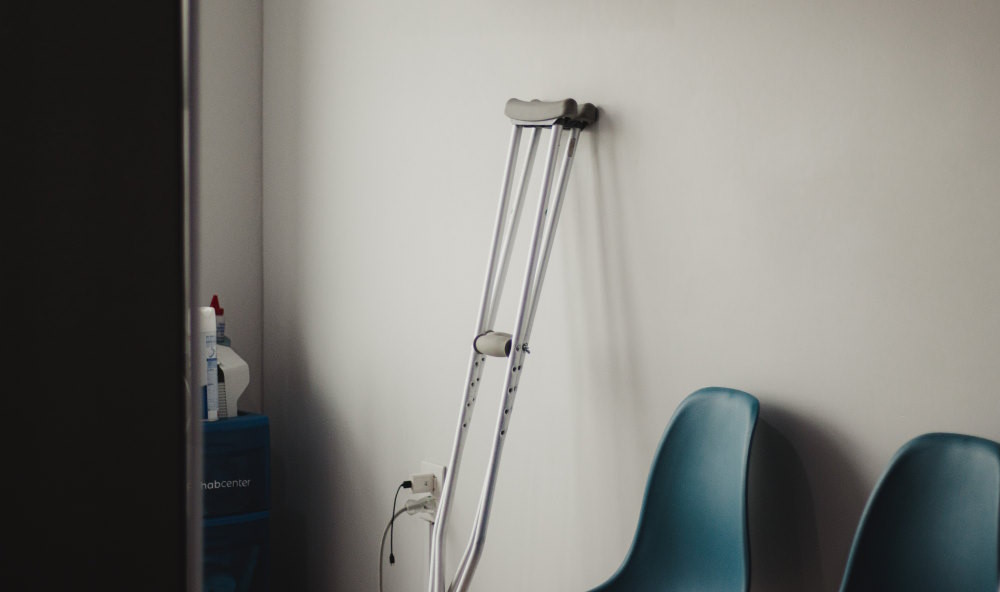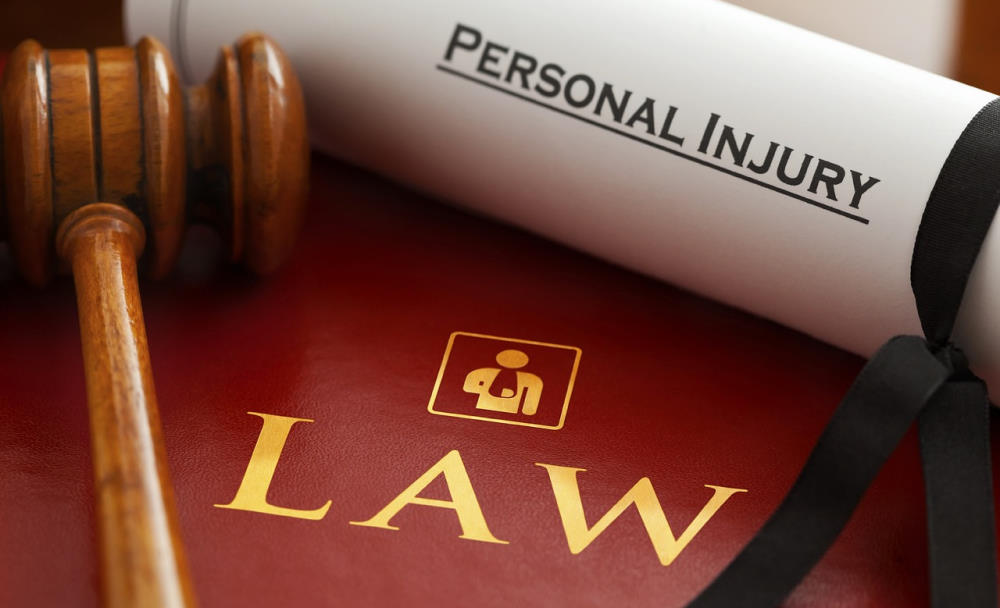Workers’ Compensation Claims in BC: Everything You Need to Know
While some workers in BC are working more dangerous jobs than others, everyone is exposed to at least some level of risk in their day-to-day working lives. Injuries happen, and if you do get injured on the job, it’s nice to know that someone has your back. That’s where WorkSafeBC comes in.
History of WorkSafeBC

WorkSafeBC has early origins in BC. In the early 1900’s, BC relied on its expanding fishing, mining and forestry industries, which came with their fair share of danger as you can imagine. The work was dangerous – and often deadly.
WorkSafeBC came about thanks to a piece of legislation in 1902 called the Workmen’s Compensation Act, which did not end up coming into effect until 1917 when the Workmen’s Compensation Board was created. The original legislation provided compensation to people who missed work because of injury or sickness, monthly pensions for widows, Government safety inspections and full medical aid for workers.
In 2005, the Workers’ Compensation Board changed its name to WorkSafeBC to more accurately reflect their priorities of injury prevention, customer service and return to work.
WorkSafeBC’s Mandate

WorkSafeBC is dedicated to minimizing injury and illness on the job in BC. By partnering with both workers and employers, the organization helps British Columbians return safely from work everyday by:
- Promoting the prevention of injury, illness and disease on the job
- Caring for those that get injured, while giving them a timeline to return to work
- Pay compensation to make up for lost wages
- Ensure the workers’ compensation system is managed efficiently from a financial standpoint
Benefits Provided to British Columbians

If you fall victim to a work-related injury or illness, you could be entitled to receive wage-loss compensation, special healthcare treatments like massage therapy and physiotherapy, reimbursement for medication, and other benefits. If you incur a permanent disability at work, you could qualify for vocational rehabilitation services and specialized benefits and services for you and your entire family.
Benefits can start right away after you are injured or become sick on the job (if there are no issues regarding entitlement), starting the first shift missed after the day of the injury. So if you leave work injured on Monday, you’re paid for every day missed starting Tuesday. As long as you are injured and unable to work, you are eligible to receive benefits up until the day you return.
In order to receive these benefits, there are a few things you have to do in order to remain compliant. To start, you have to show up for all medical examinations and treatment sessions recommended by your doctor. All instructions from any health care provider should be adhered to. They will advise you on what activities are safe to do at home or at work. From there, you can talk to your employer about ways your duties or schedule could change to accommodate these recommendations and continue working (or not).
Reporting a Workplace Injury or Illness

The Workers Compensation Act requires employers to immediately report all serious injuries and fatalities by contacting the WorkSafeBC Prevention Emergency Line, but the worker and healthcare provider are also able to submit a WCB claim. If a worker becomes unconscious, is transported to a hospital, misses work due to injury, needs or receives medical treatment, or breaks their glasses, hearing aid or denture, it must be reported right away.
“Claims management” is the term used to describe the process of managing a worker’s compensation claim, which starts with the original documentation to report a worker’s injury or illness. Aside from the initial claim submission, it is the employer’s duty to review the legitimacy of the claim, oversee the worker’s medical treatment and therapy, and help them return to work safely when possible.
When an injury or illness claim has been submitted to WorkSafeBC, the worker will receive a claim number. Armed with the claim number, you can check the status of a claim online at any time. For privacy purposes, personal information is not disclosed to the employer during this process.
Once WorkSafe BC receive the initial report of a work-related injury or illness, they gather information from the worker, employer and the health care provider. From there, the organization can typically provide a decision on whether a claim is accepted or not within 10 days, however this is just an average – some claims will certainly take longer.
Claim Decisions

One the initial WorkSafeBC injury or illness claim is filed, there are a number of things that could happen. WorkSafe BC calls these results “decision letters”. Here are all the decision letters you could receive after submitting a claim:
- Acceptance of claim
- Initial wage rate – this is the rate of benefits a worker will receive in the first 10 weeks
- Long-term wage rate – this is the rate of benefits a worker will receive past 10 weeks
- Termination of wage loss benefits – this means your wage-loss benefits are stopping
- Relief of Costs – this determines whether a pre-existing condition has extended the duration of a claim, and if so, the amount of benefit a worker will receive because of it
- Compensable Consequence – this determines if a new injury is caused by the initial injury
- Permanent Disability Award – this means the worker’s disability is permanent
- Vocational Rehabilitation – this determines whether the worker can return to their old job, or must modify their role to continue working
- Re-openings – this happens when a previously terminated claim is re-opened because the injury gets worse or happens again
The legal professionals at Hutchison Oss-Cech Marlatt can help you if you’ve been injured or become ill on the job. Our highly experienced personal injury lawyers will make sure you get the wage-loss benefits, medical treatment and return-to-work timeline that you deserve.



